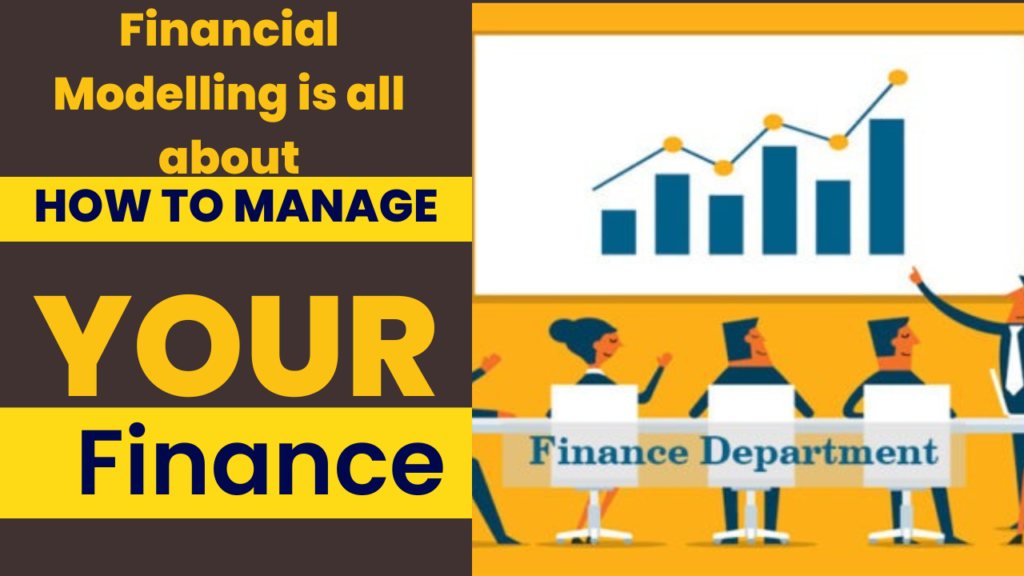Discover the world of financial modelling, its significance, and how it shapes the financial future. Explore FAQs, insights, and expert advice on mastering this vital skill.
Introduction
In the ever-evolving landscape of finance, one skill stands out as essential for individuals and businesses alike: financial modelling. This comprehensive guide will take you on a journey through the intricacies of financial modelling, shedding light on its significance, applications, and the art of mastering it.
The Foundation: Financial Modelling
Financial modelling is the process of creating a mathematical representation of a financial situation. It involves using historical data, assumptions, and projections to make informed decisions. Let’s look at an example to illustrate this concept:
Example: Imagine you’re a business owner planning to open a new store. Financial modelling would help you forecast the expected revenue, expenses, and profits based on factors like location, rent, and anticipated sales. This data-driven approach aids in making decisions about the viability of the new venture.
The Art and Science of Financial Modelling
Financial modelling is both an art and a science. It combines quantitative analysis with the creativity required to develop accurate models. Professionals in this field are akin to financial architects, designing blueprints for success.
The Significance of Financial Modelling
Why is financial modelling so vital? It provides a roadmap for financial decision-making. Businesses use it to assess investments, project revenues, and plan for growth. Individuals rely on it to make informed decisions about investments, retirement, and more.
Mastering the Basics
To become proficient in financial modelling, one must start with the basics. Understanding key concepts like cash flow, risk assessment, and sensitivity analysis is fundamental. These skills lay the groundwork for more complex models.
Example: Consider a financial analyst tasked with evaluating the profitability of a new product line for a company. They would use financial modelling to estimate the potential cash flows over the next five years, taking into account variables like production costs, market demand, and pricing strategies.
Financial Modelling in Action
Now that we’ve explored the fundamentals, let’s see how financial modelling plays out in various scenarios.
Business Valuation
Financial modelling is instrumental in determining the value of a business. Investors, entrepreneurs, and analysts use it to assess the worth of companies, helping them make investment decisions.
Example: A venture capitalist looking to invest in a startup would employ financial modelling to assess the startup’s potential valuation based on factors such as revenue projections, market share, and industry trends.
Investment Analysis
Individuals looking to invest in stocks, bonds, or real estate can benefit from financial modelling. It aids in predicting potential returns and evaluating the associated risks.
Example: A stock investor might use financial modelling to analyze the historical performance of a company’s stock and project future returns based on factors like earnings growth and market conditions.
Budgeting and Forecasting
Businesses rely on financial models for budgeting and forecasting. Accurate projections help in allocating resources effectively and planning for contingencies.
Example: A retail chain might use financial modelling to create a budget for the upcoming year, considering factors such as sales trends, inventory turnover, and marketing expenses.
Risk Management
In a world of uncertainty, financial modelling is a powerful tool for managing risk. By assessing different scenarios, organizations can prepare for unforeseen events.
Example: An insurance company uses financial modelling to estimate potential losses from natural disasters, allowing them to set appropriate premiums and maintain financial stability.
Frequently Asked Questions
- What software is commonly used for financial modelling?
- Excel is the most widely used software for financial modelling due to its versatility and user-friendly interface.
- How can I improve my financial modelling skills?
- Practice is key. Additionally, consider taking online courses or seeking guidance from experienced professionals.
- Are there any common mistakes to avoid in financial modelling?
- Yes, common mistakes include errors in assumptions, overlooking data quality, and neglecting to update models regularly.
- Can financial modelling predict the future accurately?
- While it can provide valuable insights, no model can predict the future with absolute certainty. It’s important to incorporate a margin of error.
- Is financial modelling only for finance professionals?
- Not at all. Financial modelling can benefit anyone making financial decisions, from business owners to individuals managing their personal finances.
- What is the future of financial modelling?
- With advancements in technology and data analytics, the future of financial modelling looks promising, offering even more precise insights.
Conclusion
In the realm of finance, where every decision counts, financial modelling emerges as a beacon of clarity and foresight. By understanding its intricacies and mastering its techniques, individuals and businesses can navigate the complex financial landscape with confidence.
Financial modelling is not just a skill; it’s a compass that guides us towards financial success. So, whether you’re an aspiring analyst or a seasoned investor, embrace the power of financial modelling and unlock the doors to a brighter financial future.

